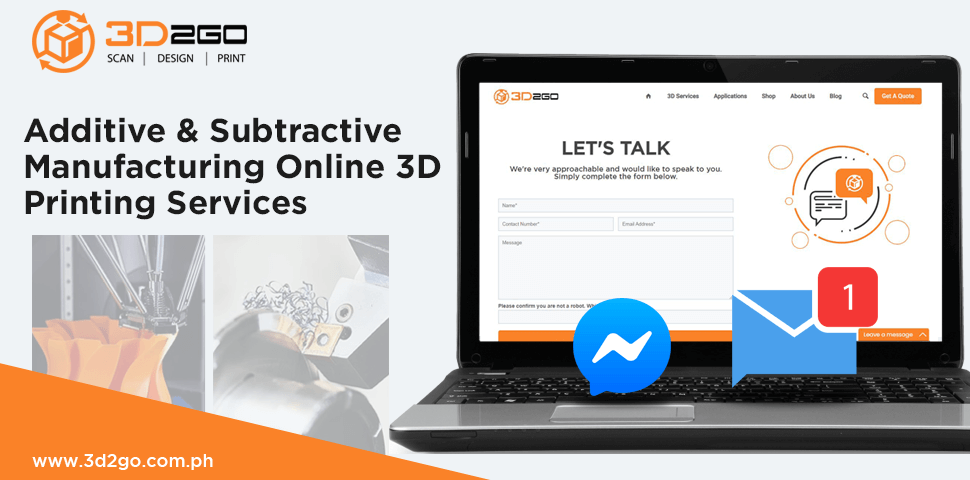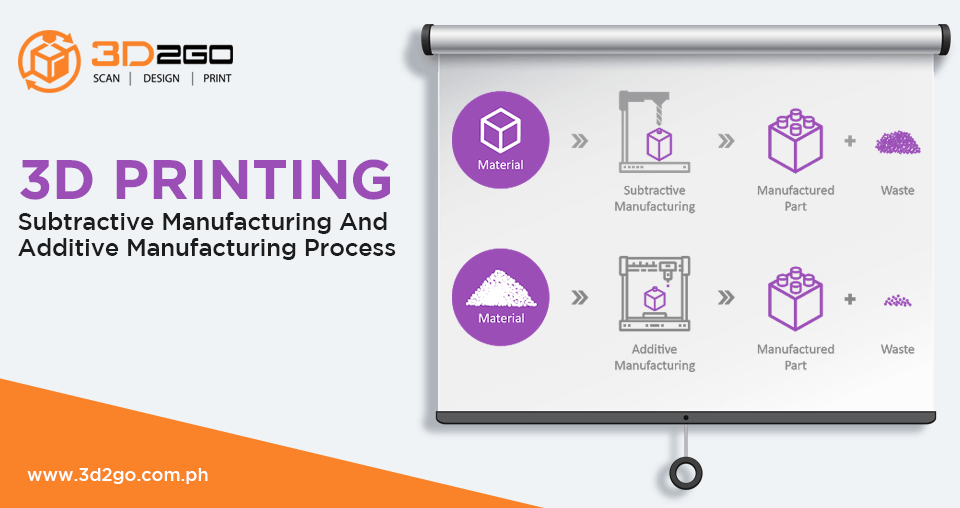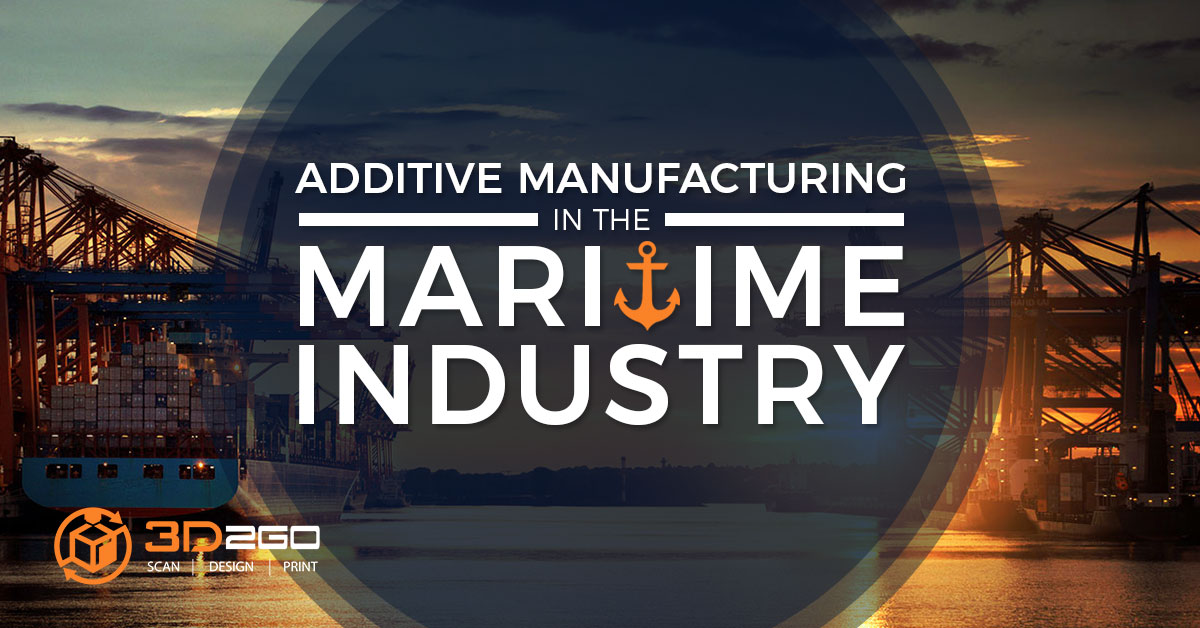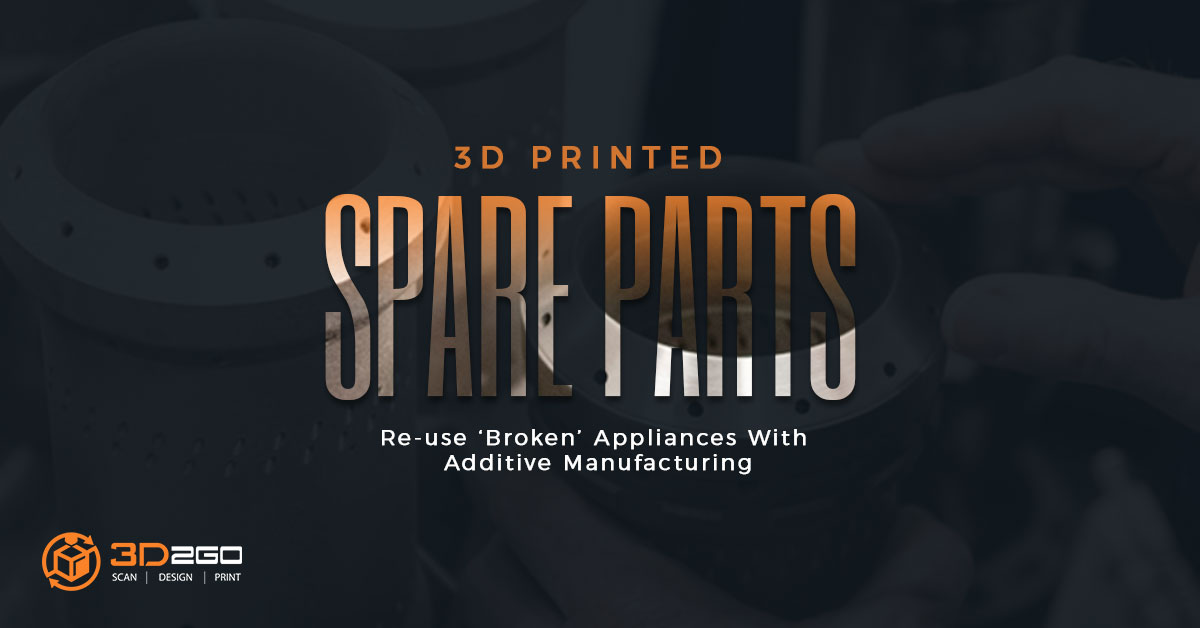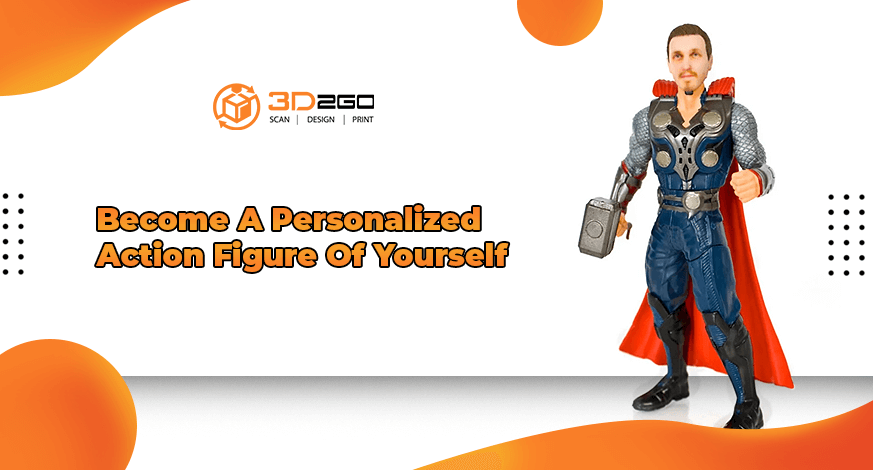
Become A Personalized Action Figure Of Yourself
June 25, 2022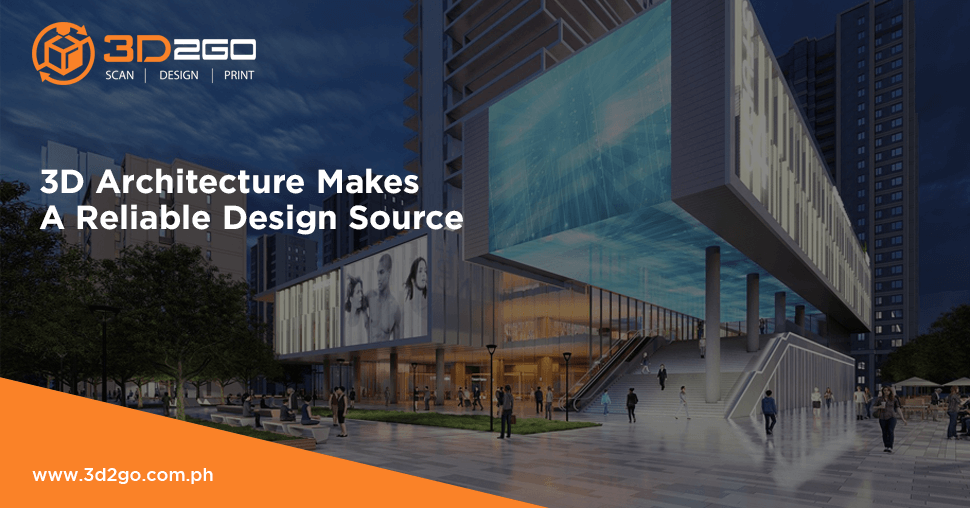
3D Architecture Makes A Reliable Design Source
June 25, 2022Additive & Subtractive manufacturing as a 3d printing service
Additive manufacturing is about more than just creating a physical product, it is about bringing design and innovation to the forefront. In fact, having creative freedom without worrying about cost or time penalties is one of the primary advantages of additive manufacturing.
Increasingly, manufacturers see additive manufacturing as a cost-saving alternative in certain situations where CNC machining, injection molding and investment casting were used in the past. Sometimes, a single AM-produced component replaces many parts, reducing assembly times and simplifying supply chains.
Additive manufacturing requires and includes 3D printing. But it also entails more than 3D printing. It refers to something more rigorous. AM is the broader and more all-inclusive term. It is commonly associated with industrial applications, like the fabrication of functional prototypes. AM also involves end-user applications like the mass production of components.
Meanwhile, subtractive manufacturing is a complete opposite of additive manufacturing. If in additive, you literally add materials to create, subtractive is cutting away materials.
Subtractive manufacturing is a process by which 3D objects are constructed by successively cutting material away from a solid block of material. This can be done by manually cutting the material. This is most done with a CNC Machine.
Where can i 3d print that uses a CNC machine?
Advanced CNC machines utilize multiple tools and cut around at least three (x, y, and z) axes. As a result, it minimizes the requirement for designers to flip the block.
If you’re considering adding CNC machines to your production processes, here are some reasons you may or may not want to:
You Don’t Need Extensive Experience or Skills
With conventional machines, you do need a long period of experience to get the most out of them. With CNC machines, the experience still is a great benefit. You’ll always be learning new things and better ways to improve your production and quality. But, you can start in CNC machining with less experience and still produce at a high quality.
Products Can Be Easily Replicated Thousands of Times
Conventional machining works well when you need to make a single custom piece. If you have high production quotas where you need to cut the same part many times, CNC machining makes more sense. CNC machinery lets you program your machines to make the same cut over and over. Conventional machinery needs help from an experienced operator to make similar pieces. And even then, there are still small differences among the parts.
Less Labor is Required to Operate CNC Machinery
Investing in CNC machinery can cut your labor costs. Conventional machinery requires more experience and skill, and more laborers to do the work. With CNC machines, you can get the same quality while hiring less-skilled workers, and fewer of them. And, you’ll also continue to have high production levels.
CNC Software Increases Your Production Options
More advanced software can help you manufacture products that are difficult or nearly impossible to make on conventional machinery. You can also update the software as necessary to improve your CNC machine’s functionality. With conventional machinery, you have to replace parts, which cost time and money. And you may have to buy a whole new machine too.
No Prototypes are Necessary with CNC Machines
CNC software lets you simulate the production of your idea. You don’t have to actually produce a prototype, which costs time and money. And neither do you have to create revisions to the prototype – except through the software. You could save weeks or months of production time.
CNC Machines Fit the Skills of Modern Workers
Many of the mathematical and analytical skills necessary to successfully operate conventional machines aren’t as emphasized in schools as they used to be. As a result, in one sense, there’s a less skilled workforce available.
3D digital printing with 3D2GO!
Digital printing, you say? It is not something that is being confused with the new wave of digital printing technology. 3D digital printing is a whole new world. It came from the simplicity of digital printing. It has then evolved and joined forces with 3D technology.
First, let’s look at what these two are:
Digital printing
Documents are being reproduced from computer data. The outcome is then printed on paper, cardboard, textile, or any flat material. In short, the output is a 2D image.
Materials used:
- Laser
- Inkjet
3D printing
A model is 3D printed with the use of materials specific to this technology. The output is a model that can stand on its own. It has angles and facets that you can see and feel. The 3D printed output gives a more imaginative look as the model is being made uniquely.
Materials used:
- ABS Plastic
- PLA Plastic
- Photopolymer Resin
- Artificial Wood & Copper Filaments
In summary, digital printing reproduces an existing document. 3D printing allows us to manufacture an object in three dimensions. But of course, we can only achieve a 3D product once we understand the digitally printed version. Digital printing and 3D printing are also opposing in terms of the material used.
Still not sure which services you need?
Get in touch with us by sending us files in .obj or .stil format in our email address management@my3d.com.ph. You can also reach us through our Facebook and Instagram pages today!


